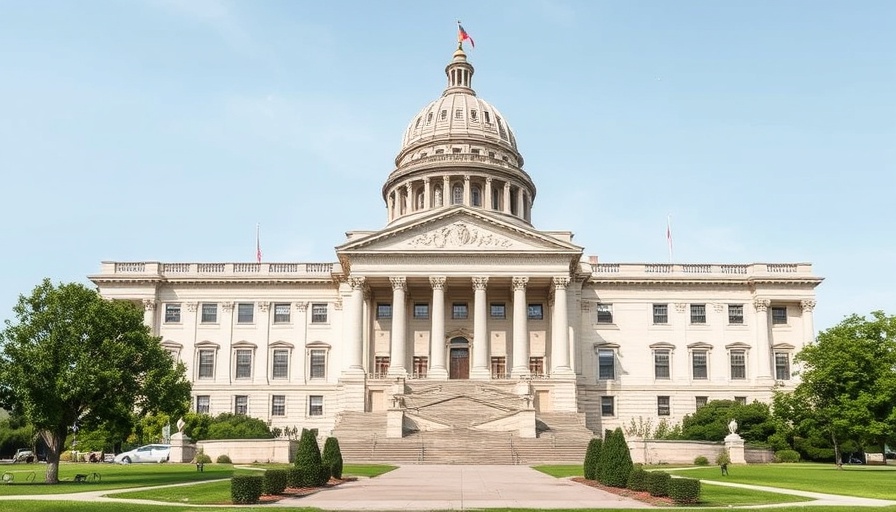
Understanding the 'Dark Roof' Effect
In the ever-evolving debate about urban climate change, a notable player has emerged: the 'dark roof' lobby. This term refers to an advocacy for dark roofing materials that, ironically, may be contributing to heat retention in our cities. As urban areas continue to experience rising temperatures—often referred to as the urban heat island effect—those advocating for aesthetic choices in roofing materials may be overlooking the environmental implications.
The Science Behind Heat Retention
Dark roofs absorb more sunlight than lighter ones, translating into increased heat retention in buildings and surrounding areas. Research indicates that these materials can increase the temperature of cities by several degrees, exacerbating energy costs and public health risks during heat waves. Furthermore, as cities are forced to counteract this heat, the strain on energy resources could lead to more greenhouse gas emissions. Understanding this cycle is crucial for contractors and homeowners alike—especially when making decisions about roofing.
Current Trends in Urban Development
The trend towards dark roofing materials often stems from aesthetic preferences that prioritize visual appeal over functional considerations. This choice, although popular among some homeowners, can lead to unintended consequences. Interior spaces can become uncomfortably warm while energy bills escalate due to the increased need for air conditioning. The Urban Land Institute highlights the growing need for more reflective, lighter materials that can alleviate heat in densely populated areas. Shifting this preference could save not only energy but also promote healthier living conditions.
Why Homeowners and Contractors Should Care
Homeowners may feel an emotional connection to the overall curb appeal of their homes, but when considering roof materials, it's essential also to think long-term. Contractors have a unique opportunity to educate their clients about the implications of roofing choices, including energy savings and health benefits associated with lighter materials. The decision can reverberate through the urban environment, helping to combat the risks associated with climate change. Moreover, the knowledge shared by contractors can elevate their standing as trusted advisors within their communities.
Balancing Aesthetic and Environmental Responsibility
For many contractors and homeowners, the challenge lies in balancing aesthetic desires against environmental impacts. Lighter colors, such as white or light grey, reflect sunlight, enabling properties to maintain cooler temperatures. Utilizing cool roofing options is not only beneficial for energy efficiency and cost savings but can also enhance the property's value. Communities can thrive when collective decisions are made prioritizing sustainability over mere beauty.
Actionable Steps Towards Sustainable Roofing
To shift the narrative, homeowners should assess their current roofing choices with an understanding of their impact. Here are actionable steps homeowners can take with input from contractors:
- Consult a professional: Engage with contractors who prioritize sustainable practices and can provide insights into the benefits of lighter roofing materials.
- Research alternatives: Explore various roofing materials that offer aesthetic appeal while providing energy savings. Consider materials with high Solar Reflectance Index (SRI) ratings.
- Advocate for change: Join community efforts to promote sustainable building practices, focusing on education and awareness about the benefits of lighter roofing.
Future Trends and Predictions
As climate awareness grows, the construction industry is poised to adapt to shifting consumer preferences towards sustainability. The rise of eco-friendly materials and technology will likely shift the dark roof lobby's influence, as more homeowners prioritize healthier living environments. Future policies may reflect this trend, encouraging developers and contractors to consider the environmental impacts of their materials from the onset.
Ultimately, this movement denotes more than just a building choice; it symbolizes a shift in public consciousness around climate health and urban living. Homeowners and contractors who embrace this change can foster healthier spaces and a more sustainable future.
Engaging with this topic offers contractors a chance to lead the conversation about smart roofing solutions, helping to create more livable and sustainable urban environments. By choosing wisely today, we all contribute to a cooler, healthier tomorrow.
 Add Row
Add Row  Add
Add 






Write A Comment